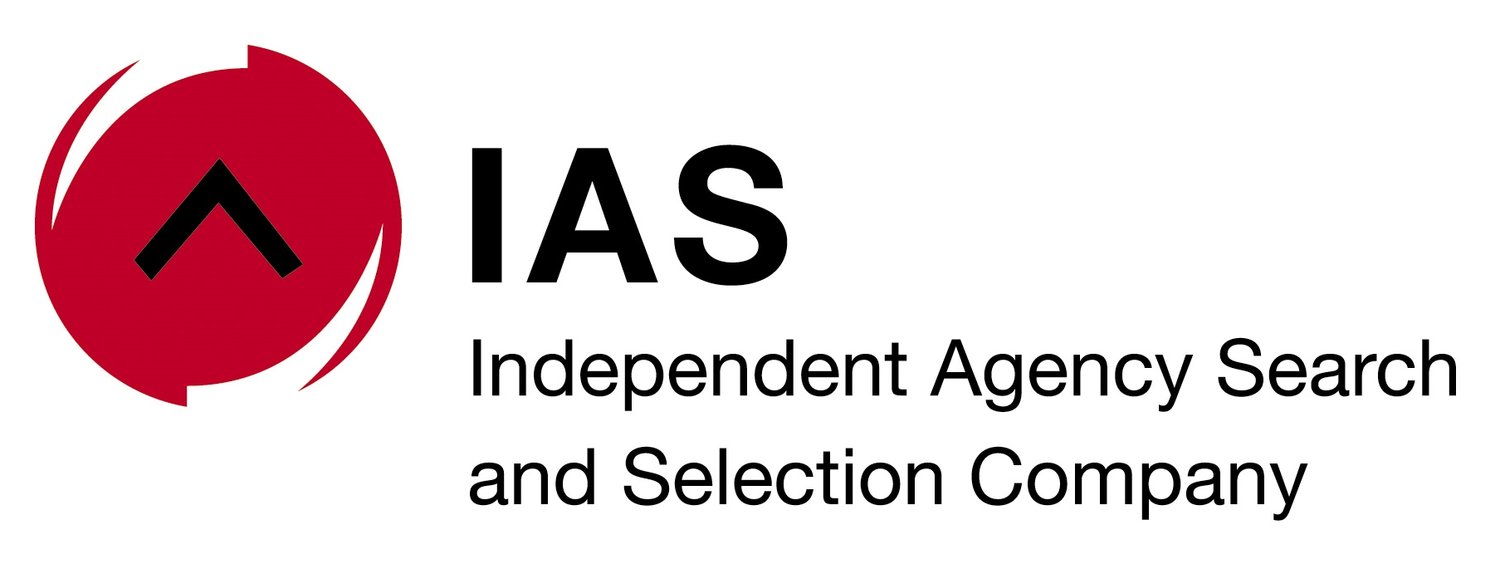Bringing two parties together without taking ownership of the service or result is an exercise in tightrope management and ensuring everybody wins.
Also called funambulism, the skill of walking along a thin wire or rope is not unlike the skill required of an intermediary where the balance between what the marketer wants and what the agency provides must have a mutually beneficial outcome.
The real dexterity needed in these negotiations is for the intermediary to navigate the line between the marketer and the agency in a way that they bring both onto the tightrope without either falling off. It’s a skill that takes years to perfect.
The pandemic brought with it challenges that intermediaries must now take into consideration as our markets start to open up. During the various lockdowns and the protocol they brought, many marketers developed closer relationships with their agencies than they’d had before.
It stands to reason – with remote working and communications restricted to video conferencing, the parties’ reliance on each other over the last 18 months was strong. There was little chance that either party was going to leave a relationship that could sustain the business during the pandemic, hence the reliance.
Agencies had greater access to clients and both groups were under pressure to make relationships work to ensure the brand came out on top. IAS intermediaries were kept extremely busy, as I’m sure others were. It was vital for marketers and agencies to have someone to provide insights as they navigated the high wire under unprecedented circumstances.
Gearing up for the post-pandemic reboot
As the markets across South Africa reboot and companies go back to the office – or opt for hybrid working models – we may see some marketers on the lookout for new agencies, and agencies also taking stock.
I don’t think this should cause concern for the organisations that forged deeper relationships during the lockdowns, but it is clear that intermediaries will be involved in discussions to help all parties navigate getting back to normal where “normal” may well be different from before.
It’s appears to us at the IAS that most would prefer getting back to the energy and innovation they get from working alongside colleagues, especially in creative arenas.
Either way, having an intermediary take the stress out of getting back to an office or getting used to hybrid arrangement is key as they work as a buffer that protects both parties and guides the focus back to the tightrope that that leads to the ultimate goal: Getting the work out.
You may be interested in reading Task of the Intermediary - walking clients through hard choices

